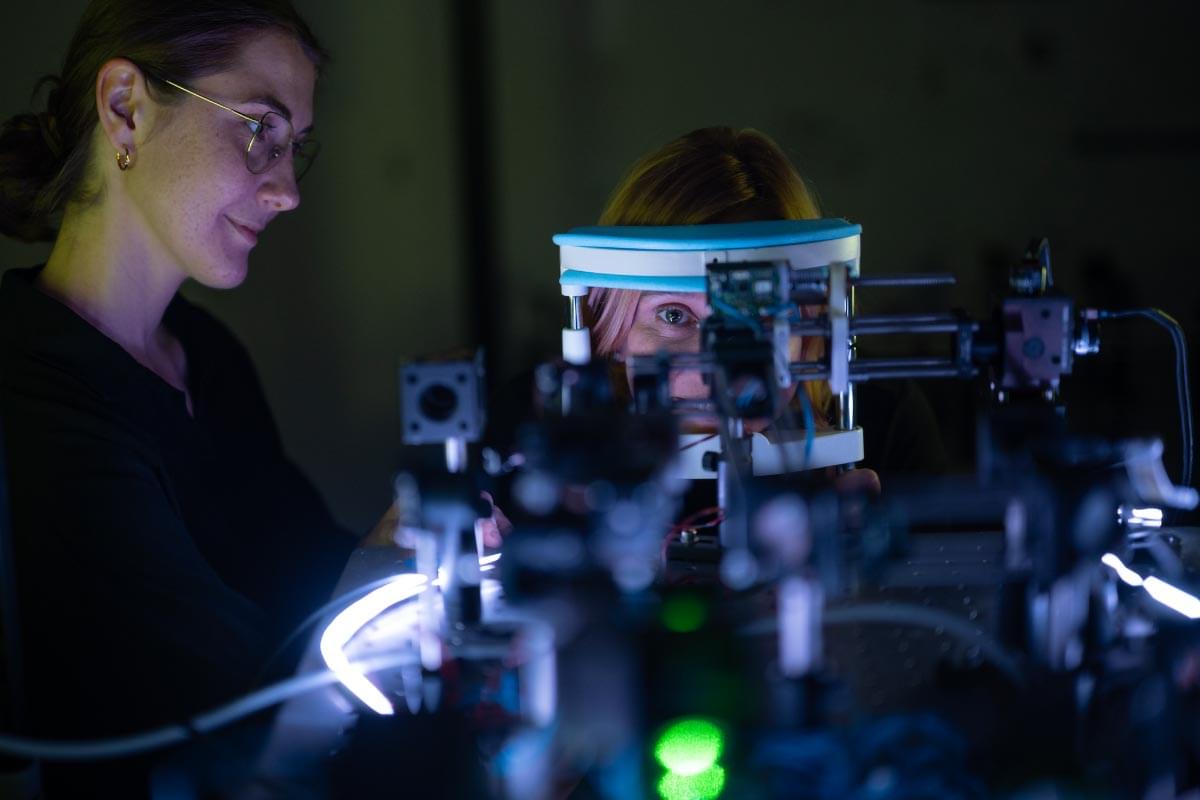Two-photon vision is an emerging technique with significant potential for the future of ophthalmic diagnostics. While it offers many advantages, certain aspects still require refinement. Scientists at ICTER have advanced this technology, enhancing its capabilities and expanding its potential applications in ocular medicine.
Imagine looking through a kaleidoscope that reveals a spectrum of colors beyond human vision, where invisible light is brought into focus. In conventional sight, photons—the fleeting messengers of light—typically appear alone. However, in the phenomenon of two-photon vision, they work in pairs, allowing the human eye to perceive infrared laser pulses instead of visible light, unlocking access to an otherwise invisible world.
A crucial aspect of understanding two-photon vision is measuring the brightness of these stimuli. Until now, this was only possible for visible light. Scientists at the International Centre for Eye Research (ICTER) have achieved a groundbreaking milestone by determining the luminance value of infrared light using photometric units (cd/m²). This discovery has enabled them to connect the brightness of two-photon stimuli to a newly defined physical quantity: two-photon retinal illumination, a key factor in understanding perceived brightness.









